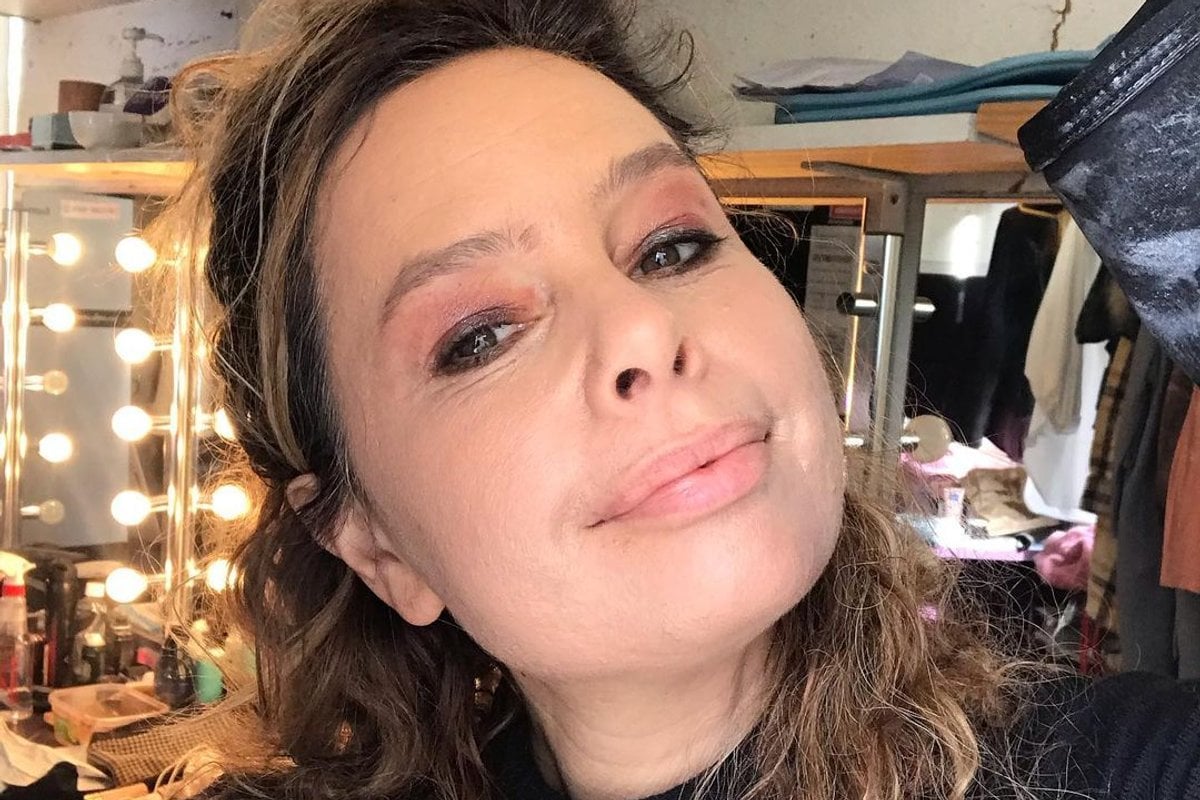
People don’t talk often about success at 40.
There’s an unspoken order to things.
You finish school, go to university (or acting school in my case), you spend your twenties 'making it', buy a home, settle down with a partner and have a kid – all the while basking in the success you earned during your twenties and thirties.
Forties are for school runs, mum-cars, weekends away with other couples in the Hunter Valley and refurnishing your home.
Like I said, there’s an unspoken order to things, and one of those silent rules is that you can’t 'make it' in your forties.
Making it is for plucky 21-year-olds, ready to take on the world.
Well, I’m here to tell you, unabashedly, that’s a load of rubbish. I turned 40 years old this year, and I've only just made it.
That’s right: 40 is the year that I made it.
My name is Sandy Greenwood, I’m a First Nations actor, writer and playwright from the Gumbaynggirr, Dunghutti, Bundjalung tribes of Australia.
It’s rare for an actor to make it at 40, and pretty rare for an Aboriginal woman actor to make it at 40. Kind of like a finding a purebred dingo – and if you know anything about dingoes, purebreds are thin on the ground.
I was born in Sydney and raised on my ancestral homelands of Bundjalung Country (Byron Bay).
Growing up, it was just me, Mum, my sister and brother.






























































































